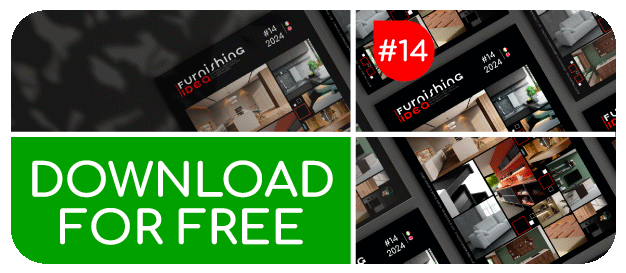
Sintered Stone is a material, produced in large-size slabs, highly resistant to scratches, temperature changes, fire, saltiness, humidity and UV rays. Above all, it is an ecological material made from a mixture of 100% natural minerals without resins, inks or petroleum derivatives, free of crystalline silica and the result of a reversible process that, at the end of its life, allows it to return to its initial state and be reused.
This material, which is widely used in the world of construction and product design, has now been officially recognised by the European Commission and EOTA (European Organisation for Technical Assessment), which has defined a new product category called 'Sintered Stone' and included it in the European Assessment Document (EAD).
A CE marked material
According to the definition in the EAD document, sintered stone is "an industrial product consisting of a moist mixture of minerals, without the use of resin or cement. The material is cold-formed by vibrocompression under vacuum and consolidated, after drying, by sintering at temperatures between 1,100 and 1,200°C. The production process is reversible. The material can be used in architecture and design for various interior and/or exterior applications and can be installed by means of adhesives, structural bonding or mechanical fixings'.
EAD 090142-00-0404 also contains the list of essential characteristics of sintered stone and specifies the test methods required to verify the performance of this innovative surface. Surfaces that meet the dimensional and performance specifications defined by the European Commission will be able to receive the CE mark and circulate even more easily within the European Community.
Sintered stone: great versatility of use
The characteristics and high performance of sintered stone allow great versatility of application in architecture for ventilated facades and roofing, for horizontal and vertical surfaces both indoors and outdoors, and are particularly suitable for the production of kitchen tops and tables.
This important recognition by the European Commission clarifies the different specificities of the product categories Sintered Stone and Ceramics, thus avoiding overlapping and confusion of terms and placing Sintered Stone on a par with other quality materials in the European Commission.


 en
en  Italian
Italian French
French German
German Spanish
Spanish Portuguese
Portuguese








